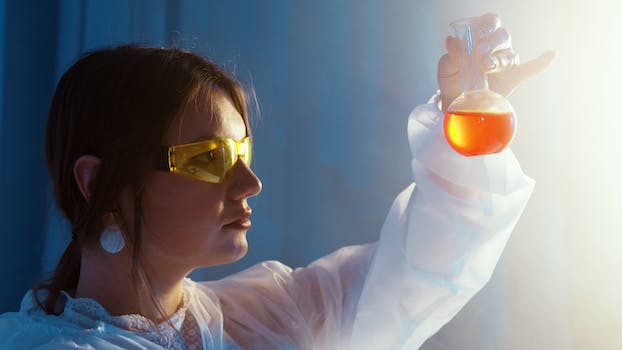-
Table of Contents

When working in a laboratory setting, it is crucial to be able to differentiate between different types of organic compounds. One common challenge is distinguishing between alcohols and carboxylic acids, as they can have similar physical properties. In this article, we will explore various experimental methods that can be used to differentiate between these two types of compounds.
Introduction to Alcohols and Carboxylic Acids
Alcohols and carboxylic acids are both organic compounds that contain oxygen, but they have distinct functional groups that set them apart. Alcohols have the functional group -OH, while carboxylic acids have the functional group -COOH. These functional groups give each compound unique chemical properties that can be used to differentiate between them.
Experimental Methods
1. Acid-Base Reactions
One of the simplest ways to distinguish between an alcohol and a carboxylic acid is through acid-base reactions. Carboxylic acids are acidic in nature, while alcohols are neutral. By adding a base such as sodium bicarbonate to a sample containing both compounds, the carboxylic acid will react to form a salt and carbon dioxide gas, while the alcohol will not react.
2. Oxidation Reactions
Another method to differentiate between alcohols and carboxylic acids is through oxidation reactions. Carboxylic acids can be easily oxidized to form carbon dioxide and water, while alcohols require harsher conditions to undergo oxidation. By treating a sample with a mild oxidizing agent such as potassium permanganate, the carboxylic acid will react, while the alcohol will remain unchanged.
3. Infrared Spectroscopy
Infrared spectroscopy is a powerful tool that can be used to identify functional groups in organic compounds. Both alcohols and carboxylic acids have characteristic peaks in their infrared spectra that can be used to distinguish between them. Carboxylic acids typically show a strong peak around 1700 cm-1 due to the C=O bond, while alcohols do not have this peak.
Case Study: Distinguishing Between Ethanol and Ethanoic Acid
Let’s consider a practical example of how to distinguish between ethanol (an alcohol) and ethanoic acid (a carboxylic acid). By performing an acid-base reaction with sodium bicarbonate, the ethanoic acid will effervesce and produce carbon dioxide gas, while the ethanol will not react. Additionally, infrared spectroscopy can be used to confirm the presence of the C=O bond in the ethanoic acid sample.
Conclusion
Experimentally distinguishing between alcohols and carboxylic acids can be achieved through a combination of acid-base reactions, oxidation reactions, and infrared spectroscopy. By understanding the unique chemical properties of each compound, researchers can confidently identify and differentiate between these two types of organic compounds in the laboratory.
Q&A
- Q: What are the key functional groups in alcohols and carboxylic acids?
- A: Alcohols have the -OH functional group, while carboxylic acids have the -COOH functional group.
- Q: How can acid-base reactions be used to differentiate between alcohols and carboxylic acids?
- A: Carboxylic acids are acidic and will react with bases to form salts and carbon dioxide gas, while alcohols will not react.
- Q: What role does oxidation play in distinguishing between alcohols and carboxylic acids?
- A: Carboxylic acids can be easily oxidized to form carbon dioxide and water, while alcohols require harsher conditions for oxidation.
- Q: How can infrared spectroscopy be used to identify alcohols and carboxylic acids?
- A: Both compounds have characteristic peaks in their spectra that can be used to differentiate between them, such as the C=O peak in carboxylic acids.






